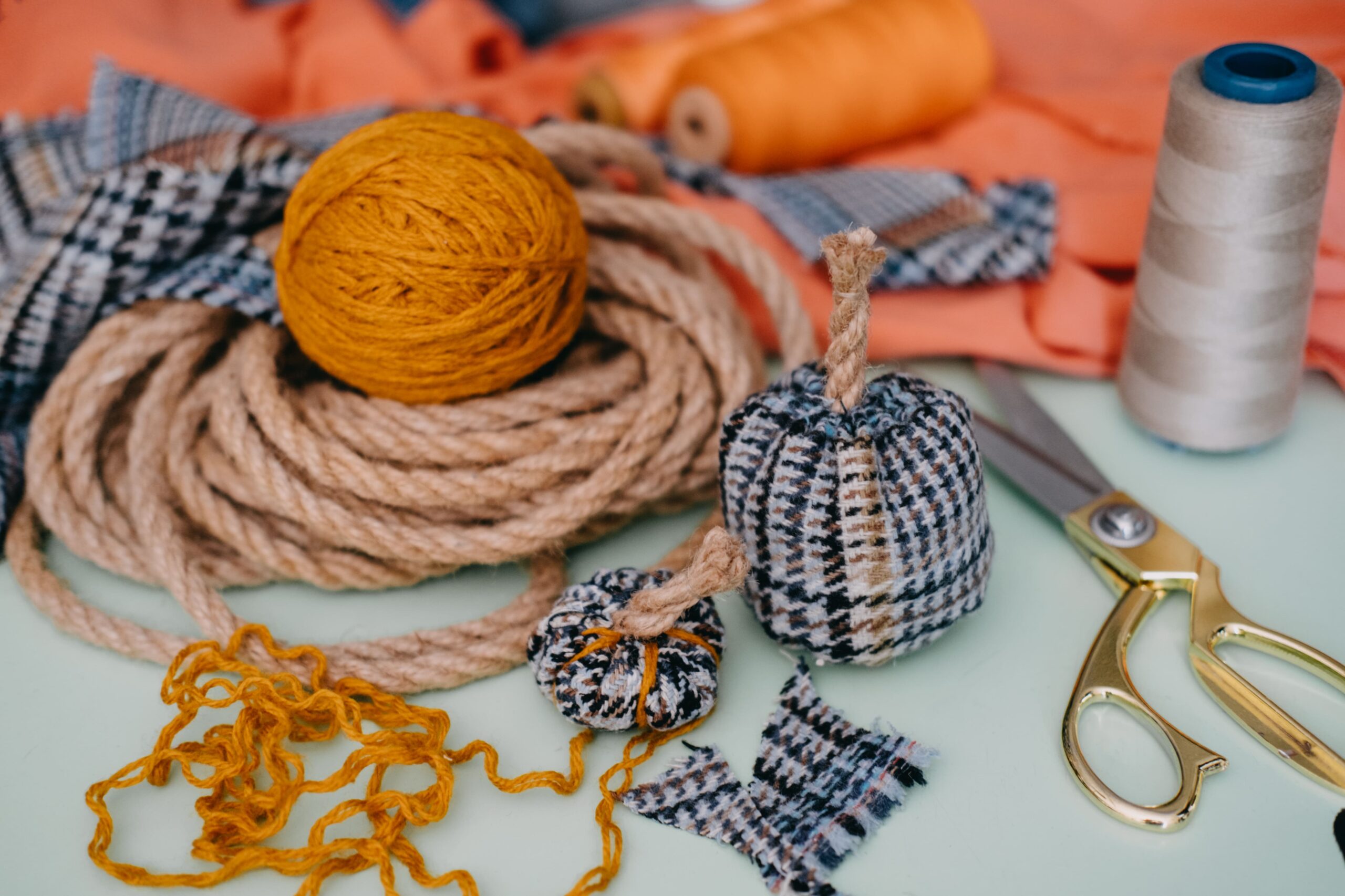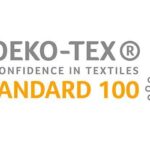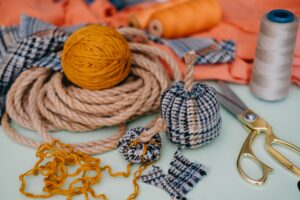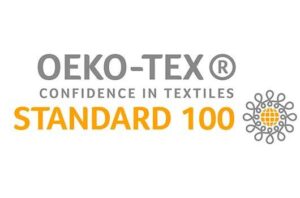The differences between fabric and knitted fabrics

The fabric is woven, knitted – knitted
For the formation of fabric and knitwear we will need the same types of fibers, yarn or threads. The difference, however, is that they are built in a completely different way.
Fabrics are woven on looms and are formed from two systems of threads – warp and weft.
First, the warp threads are stretched on the loom and tightly tensioned, and then between them the thread is intertwined. In each of them, the threads are braided in a different way, this makes the fabrics, as a rule, quite rigid and not very stretchy, but above all stable, making it easier for us to cut and process such material.
Knitwear is made on knitting machines, they can also be knitted on crochet. It is formed from one or more threads, forming rows or columns, and these merge into eyelets. This means that horizontally rows of meshes are formed, while vertically columns are formed. Knitted fabrics are most often soft and elastic. Flexibility makes knitted patterns usually very simple, because they do not require darts.
Types of knitwear
Knowing exactly what this material is and how it is obtained, before you decide to take advantage of the offer prepared by the knitwear store, get to know its types well. The basic division of knitwear allows you to distinguish row and column knitted fabrics.
As you can guess, their names are due to the adopted type of weave. However, this is not the end, because you can easily assign a specific type of knitwear to each weave. In terms of knitwear, which is distinguished by a row weave, one can indicate the following:
Sweater knitwear,
jersey,
welt knitwear.
On the other hand, among the column knitwear we distinguish:
leotard,
tulle.
What is done with knitwear? It is from this type of material that sweaters, T-shirts, hats, as well as underwear are made. So it is safe to say that knitwear is common in everyday use and in every wardrobe we will find clothes sewn from it.
Knitwear – a flat textile product created by creating rows or columns of interconnected meshes. Knitted yarn has a very large framing, thanks to which the knitted fabric is very elastic and stretchable in all directions. Knitwear, unlike fabric, is created from one thread on crochet machines or one or many warps on warp. Knitted fabrics can be smooth, patterned, openwork, textured or with a textile cover.
The smallest element of the construction of knitwear is the eyelet. Knitted meshes arranged horizontally next to each other form a row of meshes. Meshes arranged vertically one above the other form a column of meshes.
The basic parameters characterizing the structure of knitted fabrics are:
the length of the thread in the mesh – this is the section of the thread from which one eyelet was made,
row accuracy Pr – this is the number of rows of meshes per unit of length,
column accuracy Pk – this is the number of columns of meshes per unit length.
The unit of length used to determine the accuracy of knitted fabrics is 1 cm, 5 cm, or 10 cm. The use of the unit on which the meshes are counted depends on the mesh size. Measuring the accuracy of knitwear at a length of 10 cm (100 mm) is more accurate than at a length of 1 cm (10 mm).
The accuracy of the knitted fabric is the resulting quantity, depending on:
the length of the thread in the mesh
weave of knitwear,
the properties of yarn and the raw material from which the knitwear was made.
When making knitwear on a knitting machine, the so-called dozing depth is adjusted, the change of which results in a change in the length of the thread in the eyelet.
Changing the length of the thread in the mesh entails a change in the accuracy of the knitwear and its other parameters.
It is not possible to change only the governmental exactitude or only the column exactitude. Changing the length of the thread in the mesh entails a change in both of these values. The magnitude of the changes in accuracy depends on the size of the change in the length of the thread in the mesh, weave and the properties of the yarn and raw material.
Knitted fabrics are made using the following techniques:
Yarn heaving technique on waveformers. This technique allows you to produce row knitwear, primarily left-right, although there are waveguides that form two-right row knitwear. Nowadays, the technique of waving yarn is rarely used.
Crochet technique in a row arrangement on crochet machines. Crochet machines can be single-bearing, two-bearing, flat and cylindrical. This technique allows you to produce left-right, two-right smooth and patterned knitted fabrics. This is the basic technique for the production of government knitwear. The most common in the modern knitting industry.
Crocheting technique in a collument arrangement on warp machines. Warp can be single-comb or two-comb. Single-comb knitted fabrics are formed by left-right columns, two-comb two-law columns. Warp makers create knitted fabrics from one, several or even several dozen warps.
Knitted fabrics are also products made at home, using two or more simple steel wires, aluminum or even plastic rods or wooden sticks – knitting. In this way, knitted fabrics were made already in antiquity.
Knitted fabrics are products that are fundamentally different from other flat textile products. They are made of one system of threads – warp (or several warps). Even in the so-called weft knitted fabrics, one of the warps also plays the role of the thread.
The basic features of knitted fabrics are:
high flexibility,
extensibility in all directions,
softness,
breathability,
low dimensional stability.



